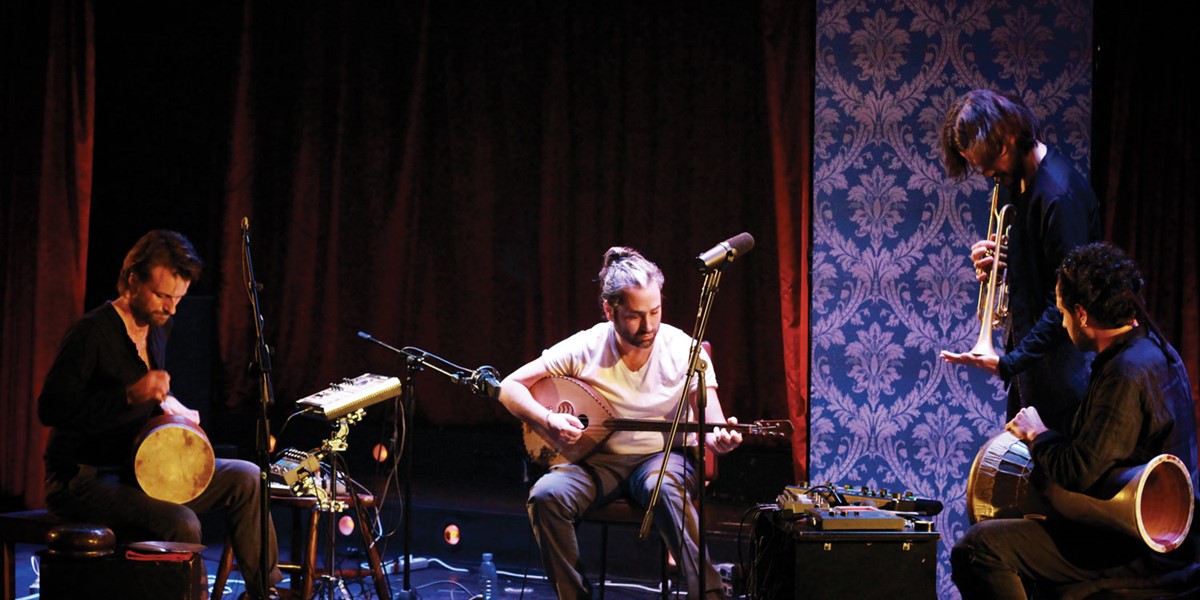Thursday, April 4, 2024
Middle Eastern Frequencies
By Oli Warwick
The vibrant experimental music scenes across the MENA region continue to inspire and innovate on their own terms, despite the instability around them. Oli Warwick finds out more


Register now to continue reading

Thanks for visiting the Songlines website, your guide to an extraordinary world of music and culture. Sign up for a free account now to enjoy:
- Free access to 2 subscriber-only articles and album reviews every month
- Unlimited access to our news and awards pages
- Our regular email newsletters

